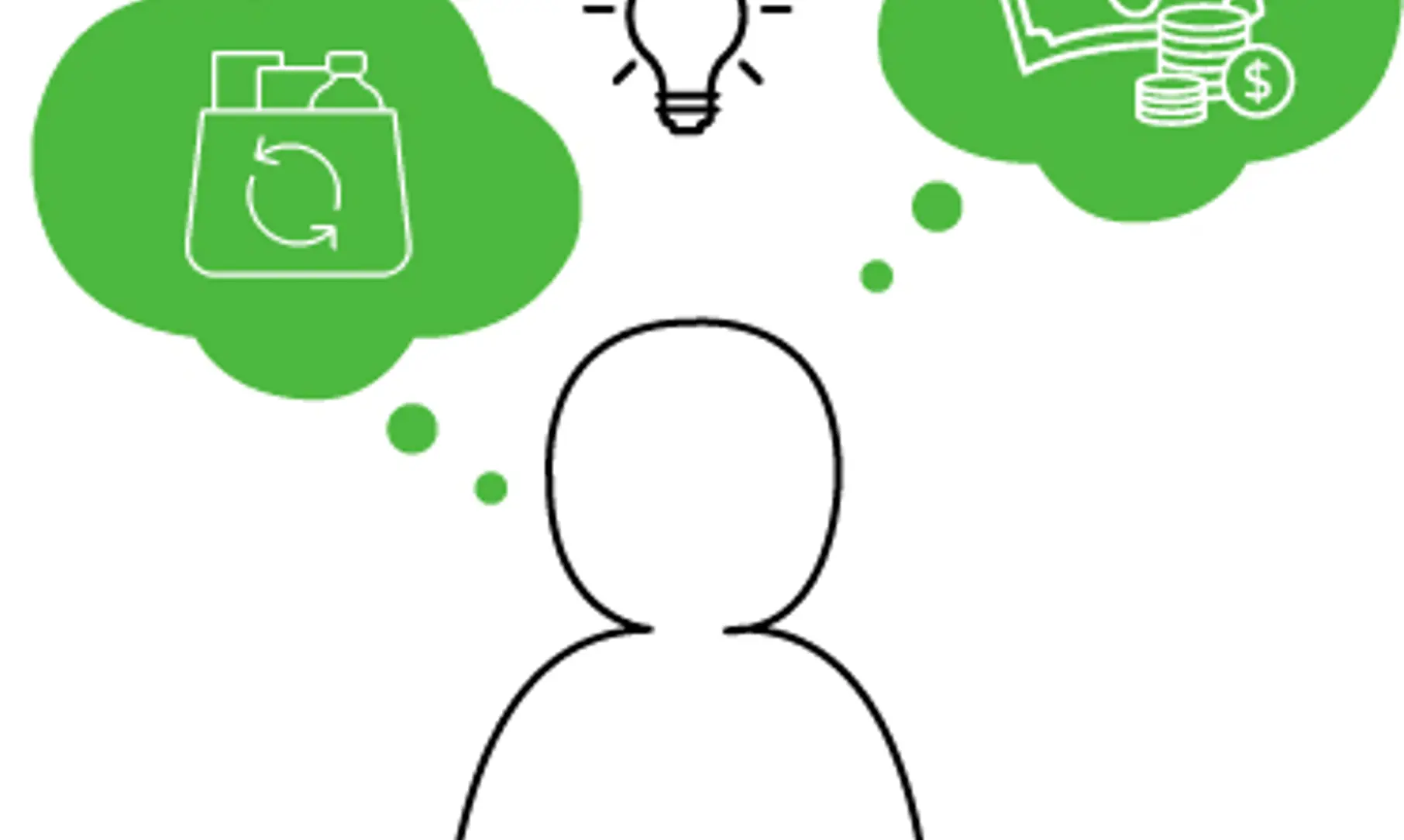Why the loop matters

We’ve all heard the term circular economy, but what does that mean in practise for manufacturers? Find out more in the first part of our new series, Circular Index.
A circular economy occurs when we can create sustainable economic growth without increasing our reliance on natural resources. But before we dive into what this entails, we must look at the reasons behind its growing relevance.
When we buy, say, clothes or a mobile phone and then discard these items before their time, that is the definition of a linear economy. And to continue down this path is to assume our natural resources are infinite and that the world can handle increasing amounts of waste. However, in reality, we know this is far from truth – hence the need to shift to a circular economy.
The power of three
The circular economy is based on three principles: the elimination of waste and pollution, keeping goods in circulation for longer, and helping regenerate nature. With global municipal solid waste alone expected to reach 3.4 billion metric tons by 2050, the evidence for a circular economy approach is clear. Add to this the fact less than 20% of this waste is properly disposed of, and that need becomes even more urgent.
Waste not, want not
Managed correctly, and a circular economy could not only vastly reduce our collective waste problem – it could also help improve our supply of raw materials and, thus, reduce CO2 levels. Other benefits include economic growth and job creation – with an expected 700,000 new positions in the EU alone by 2030.
A lasting impact
In addition, a circular economy could help consumers save money and effort by giving more of them greater access to higher quality goods. This can also positively affect consumer mindsets, helping people shift away from unsustainable industries like fast fashion, or buying products made with unsustainable materials like soft plastic.

A global shift
Governments and manufacturers are all getting in on the act as well with every little change helping – even something as seemingly small as switching to LED lights on a factory floor. Elsewhere, steps range from manufacturers moving to recyclable packaging, to governments introducing region-wide regulations to make the transition more feasible. A good example would be the European Commission and its European Green Deal, which covers areas like sustainable product design and consumer empowerment via the “right to repair”. For manufacturers, finding the right partners and suppliers also helps: with Way Beyond Good, our mission to become net positive, we can help manufacturers improve their production process while working towards a circular economy approach.
In part two of the series we will get into the nitty gritty of the circular economy and how it works. How are manufacturers rethinking their supply chains and what affect will this have on both products and consumer demands? Find out by subscribing to SIGnals Update, our exclusive bi-weekly newsletter.
- Maret 31, 2022
